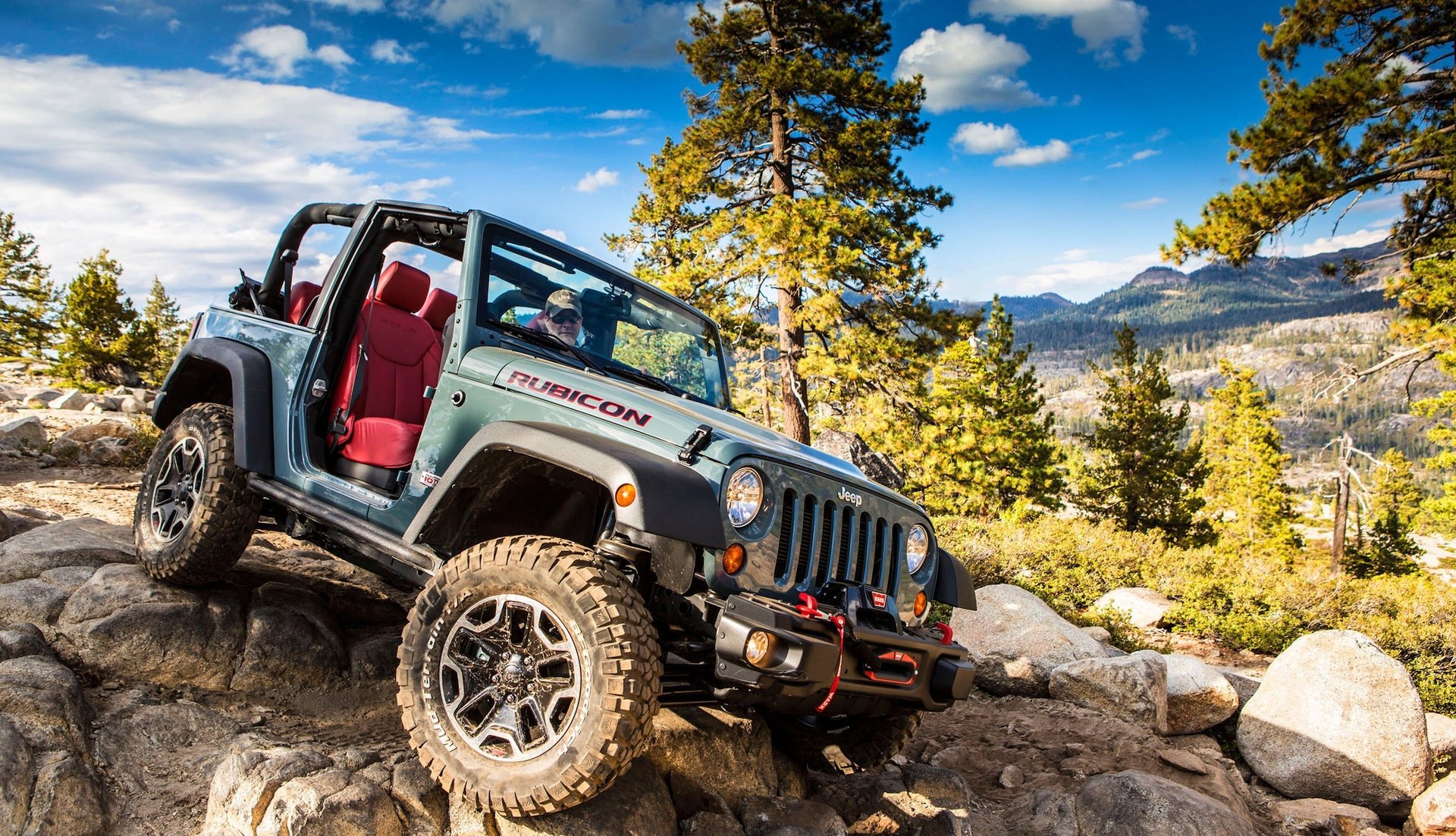Big cars and higher prices bring Chrysler booming profits
Chrysler, the smallest of the American automakers, was bankrupt just three years ago. But this week it reported profits of $378 million for the fourth quarter of 2012. This brings profit for the year to $1.7 billion (on $65.8 billion of revenue), nine times the profit recorded in 2011.


Chrysler, the smallest of the American automakers, was bankrupt just three years ago. But this week it reported profits of $378 million for the fourth quarter of 2012. This brings profit for the year to $1.7 billion (on $65.8 billion of revenue), nine times the profit recorded in 2011.
Chrysler’s relative good fortune stems in part from the company’s lack of exposure to Europe, where slumping consumer spending has hurt competitor sales. The US represents three quarters of Chrysler’s business, and the company was the only domestic carmaker to increase market share in America, where it sold 401,000 vehicles in the fourth quarter (a 12% increase from the same period one year ago).
Another reason Chrysler did so well last year is because it is getting better prices for its cars and trucks. Last December, Chrysler’s incentives—including rebates and low-interest financing deals—declined 1.3% compared with the previous year. Chrysler still spends more on incentives than any other American automaker, but the company is already making $1,000 more per transaction compared to last year.
Proportionally, Chrysler still sells more big cars—namely, SUVs and trucks—than any other American carmaker. That has stood it in good stead: SUV sales are booming, and Chrysler sold 19% more Jeeps in 2012 than it did in 2011. That bumped the number of Jeeps sold over the 700,000 mark, breaking the record set in 1999. Jeep sales in Asia almost doubled, rising 94%, and grew 29% in Europe, 18% in Latin America, and 13% in North America. Meanwhile, the company is trying to increase its sales of smaller vehicles.
Though based in Michigan and employing more than 43,000 people in the US, Chrysler is majority-owned by the Italian carmaker Fiat, which bought 58.5% of the company from the US Treasury in 2011. Though Fiat’s CEO, Sergio Marchionne, has ambitions to control the entire company, for the moment he’s focused on buying another 3.3% stake from the United Auto Workers union healthcare fund, which owns the remaining 41.5% of the company. The two owners are currently haggling over the price of the 3.3% stake in a Delaware court (Fiat offered $139.7 million, but the UAW fund, which manages medical benefits for 824,000 blue collar retirees, wants more). A judge should rule this week on whether future profits will increasingly find their way to Italy or keep paying the pensions of American retirees.